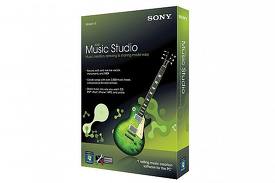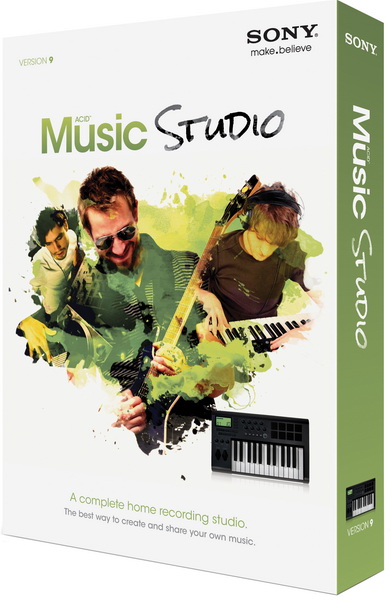
.jpg)
The use of white light probing and dispersive measurement of difference spectra in the full visible spectral region is less common, and often applies intense pulsed xenon sources that can be actinic (LP980 Edinburgh Instruments). The instrumentation that is used for modern TAS applications typically employ nanosecond lasers together with single-wavelength probes to record kinetic traces for diagnostic frequencies of reactants and products.

The technique of Transient Absorption Spectroscopy (TAS) is well established, from the early work of George Porter and others who used flash sources for excitation and probing of chemical reactions (Nobel Prize in Chemistry 1967). The instrument is fully open hardware and combines inexpensive selection of commercial components, optics and electronics and allows linear response measurements of photoinduced reactions for the purpose of accurate global analysis of chemical dynamics. The performance characterisation and example measurements are demonstrated using microsecond TAS of Congo red dye, as an example of a low quantum yield photoreaction at 2% with up to 78% of molecules excited. We present the full electronics design and construction of the flash and probe sources, the optics as well as the timing electronics and CCD spectrometer operation and modification for internal signal referencing.

#SONY ACID PRO 9 DOWNLOAD MOD#
The excitation flash has 230 ns pulse duration and the 2 mJ flash energy allows spectral filtering while retaining high power density with focussing to generate mOD signals in the 10 –4–10 –1 ΔOD range. The instrument is sensitive to resolve 0.15 mOD flash-induced differences within 1000 measurements at 20 Hz repetition rate using an inexpensive CCD sensor with 200 μm pixel dimension, 40 K electrons full well capacity and a dynamic range of 1800. The instrument has been designed to allow transient absorption spectroscopy measurements of either low or high quantum yield processes by combining intense sub-microsecond excitation flashes using a xenon lamp together with stroboscopic non-actinic white light probing using LED sources driven under high pulsed current from a capacitor bank. An open hardware design and implementation for a transient absorption spectrometer are presented that has microsecond time resolution and measures full difference spectra in the visible spectral region from 380 to 750 nm.


 0 kommentar(er)
0 kommentar(er)
